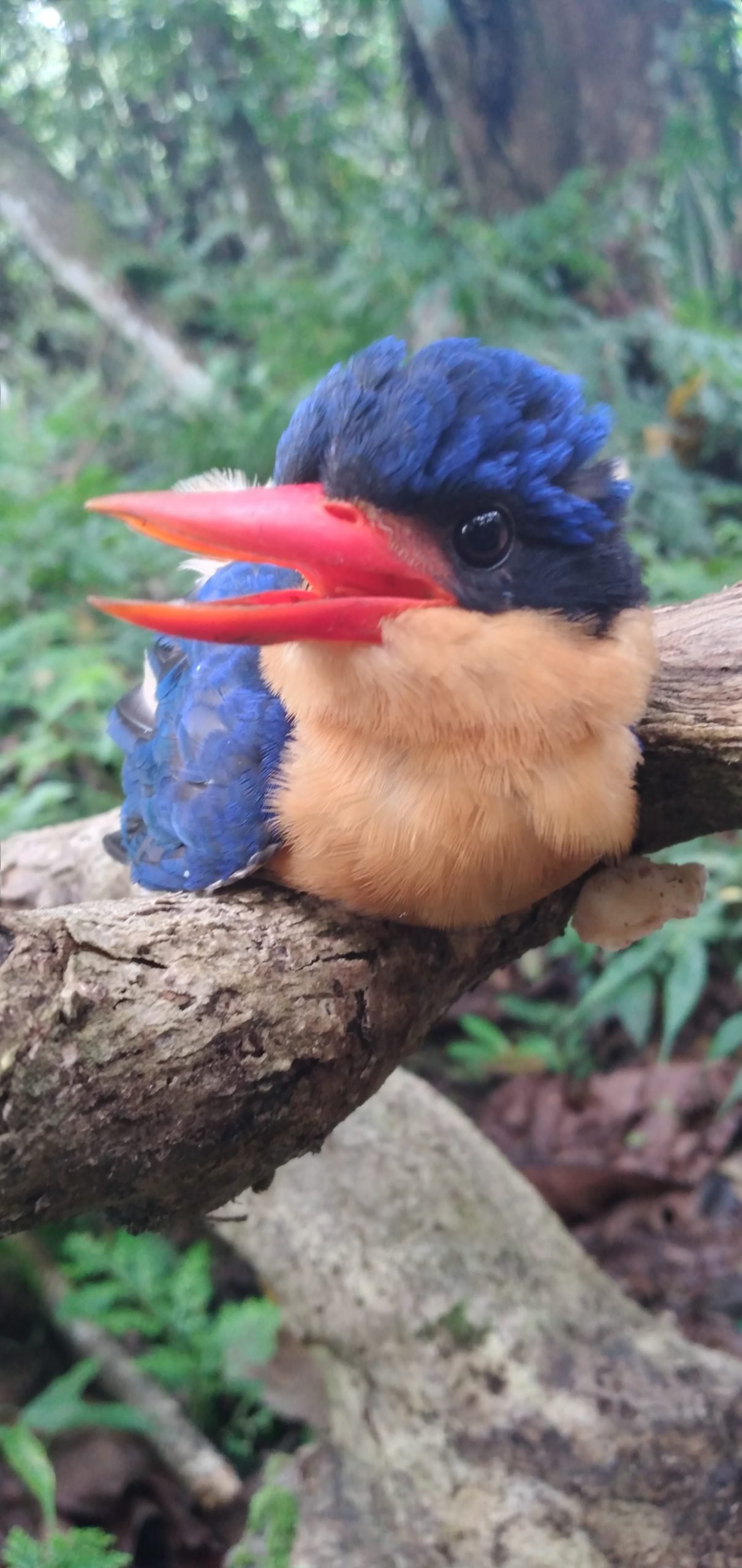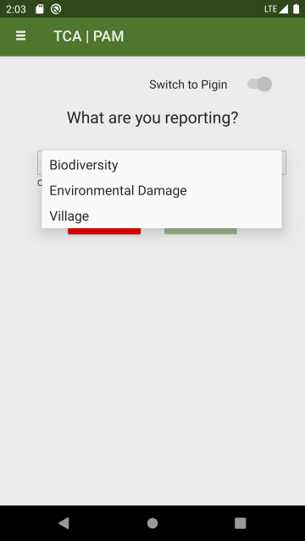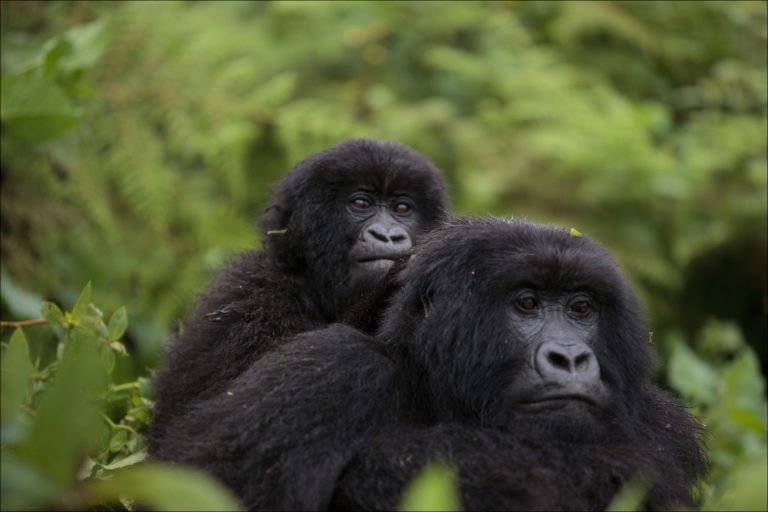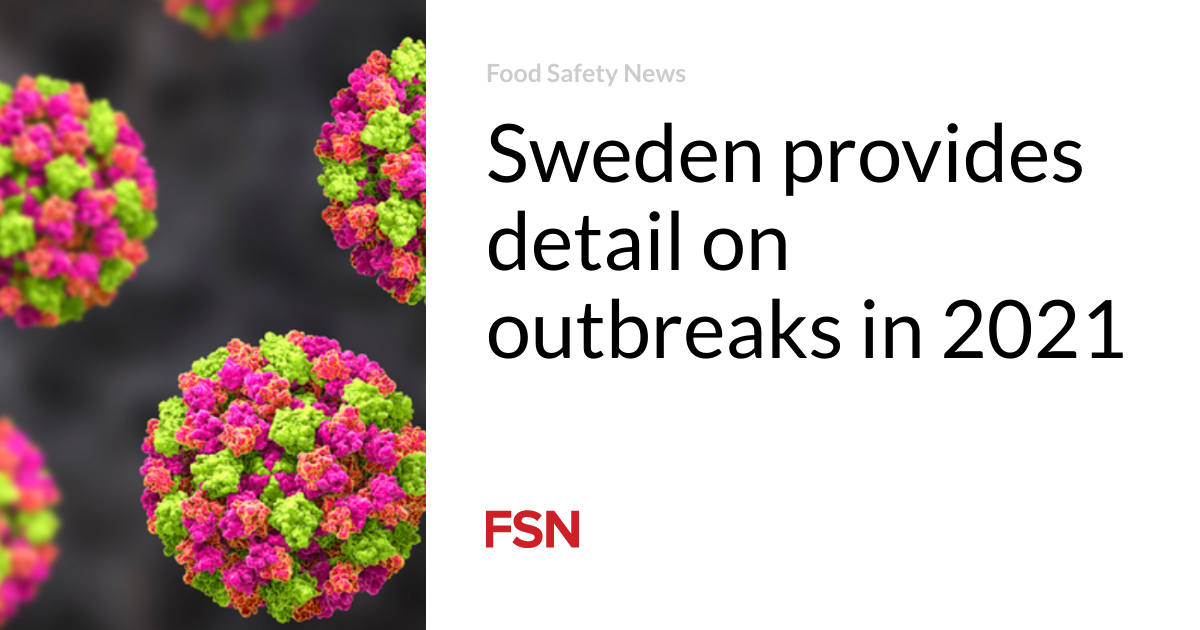- A new app, developed in-house, has made documenting biodiversity easier and more efficient for the staff of the Tenkile Conservation Alliance in Papua New Guinea.
- The Protected Areas Management (PAM) app allows staff to record observations while in the field, facilitating the use of photos and videos, and automatically logging other information such as location and elevation.
- Since its launch, the app has encouraged staff to record more species and has made it easier for female staff in a generally patriarchal society to document and share their findings.
- The TCA says its working to make the app available to other conservation organizations within the next year.
For 13 years, Caleb Bulu recorded the rich wildlife of the Torricelli Mountain Range in northwestern Papua New Guinea by walking up and down the slopes. When he observed animals, he noted them down with pen and paper. He used a camera for documentation and recorded such details as location and elevation manually. It wasn’t an easy task, but an urgent one nonetheless. His workplace, the Tenkile Conservation Alliance (TCA), an NGO, had been working to protect some critically endangered species, like the golden-mantled tree kangaroo (Dendrolagus pulcherrimus), that inhabit the mountain ranges. Today, an app is making Bulu’s work easier.
Since February this year, Bulu and his colleagues have used the Protected Areas Management (PAM) app, making the observation and documentation of species more efficient and nimbler. The app was developed in-house exclusively for the TCA with the help of Rich Blaske, a developer based in the U.S. state of Georgia, who had reached out to the TCA after watching a documentary on their work. Now, with a few clicks on his phone, Bulu is able to quickly add notes, photos and videos about species he observes in the wild.
“All the tools are inside the app and it does everything,” Bulu told Mongabay in an email interview. “It’s easy to carry and move around with it.”
The Torricelli Mountain Range is home to a wide array of wildlife, including three species of tree kangaroos. However, the construction of a road close to a proposed protected area has sparked fears that it will be used for illegal logging — a major issue across Papua New Guinea that has already claimed a large swath of the country’s forest cover. For communities that call the mountains and forests their home, the need to document and map the biodiversity there has become even more urgent.
With the app, employees at the TCA can record much more than just information on biodiversity.
“The PAM app is a great way to monitor and record biodiversity, culture, environmental damage, and information about the villages we work with in the mountain range,” Jim Thomas, chief executive officer of the TCA, told Mongabay in a video interview.
It’s pretty straightforward to use. You sign in on the app before you go out to the field. When you want to record an observation, you open the app and select from a drop-down menu: Biodiversity, Environmental Damage, and Village (the latter is used to document cultures native to the mountain ranges). When you make an entry, there’s an option to add photos and a 30-second video. GPS automatically records location and elevation and saves them along with the observation log.
The app has become a huge hit among the employees at the TCA, and this enthusiasm among staff has led to a healthy competition to see who can record the most entries. The results are evident. Since its launch in February this year, the organization’s 114 employees have uploaded more than 24,000 surveys.
Beyond the numbers, employees have also been able to observe, document and map the distribution of some species that they had previously seen only in photos or books. Earlier, with the need to carry a pen and paper as well as GPS trackers and camera, observations of species by chance were not always properly logged.

“This meant that we would only get some records, with many reports just being word of mouth,” Thomas said. “Having the PAM app on staff’s phones means they can take a survey anywhere as long as they have their phones on them.”
Since using the app, staff at TCA have documented and identified various species that they hadn’t prior, including birds like the buff-breasted paradise kingfisher (Tanysiptera sylvia), a bird with colorful feathers and a red beak that’s native to New Guinea and Australia; and the hooded pitohui (Pitohui dichrous), a species endemic to New Guinea and one of the only known poisonous birds in world.
The introduction of the app has also had another unintended benefit: increased participation from female staff, who, in PNG’s generally patriarchal society, feel more comfortable recording their observations virtually.
“They have less trouble in talking about their findings on this app, as opposed to in a meeting setting where they might be spoken over by a man or are very shy themselves,” Thomas said.
Transitioning from making observations with a pen and paper to using an app has also helped the organization analyze the data more rapidly and efficiently. Prior to the app, the organization didn’t have the resources to analyze all the data it took in. Thomas described it as “an organized mess.”

“It was all there, but it was very hard to get that information when we needed it for annual reports, grant reports and scientific papers,” he added.
The PAM app has also been designed to process and interpret the data, making it simpler and quicker to do the analysis. “We have got all of this fantastic graphing data on the species that we have recorded so far,” Thomas said.
The impact, though small-scale and internal so far, has garnered attention from other conservation organizations from across Papua New Guinea, as well as from countries like the Solomon Islands and Samoa. With inquiries pouring in, Thomas and the TCA are now working toward making the app available to other interested parties within the next year.
“If we can try and join ranges from around the area, perhaps even around the world,” he said, “there will be nothing like it.”
Banner image: Rainforest in Papua New Guinea. © Markus Mauthe / Greenpeace.














